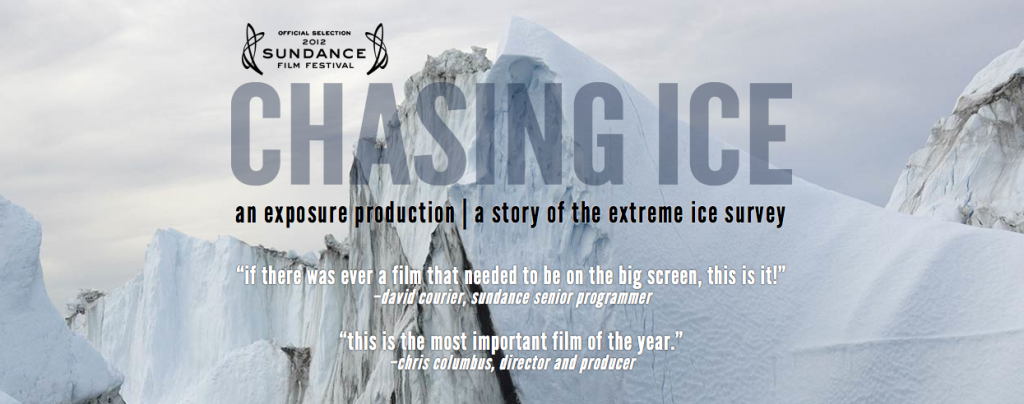Sundance Update: The Next Indie Film Worth Waiting to See
By: Chris Collins
Timelapse “cinematography” has come under some criticism recently based on the fact that a cinematographer needs to be versatile. Timelapse is like a hammer in a toolbox, but it is useless without the rest of the tools. It can be incredibly beautiful, and it takes a tremendous amount of talent to achieve the kind of results that can be seen by such specialists as Tom Lowe and Philip Bloom. However, the beauty of timelapse can often overshadow the story, or lack of story, that is to be told.
I just got out of a screening at the Sundance Film Festival entitled “Chasing Ice.” It’s the first film I have seen since the Koyaanisqatsi trilogy that uses timelapse photography in such an effective way. The star of the film, James Balog, places roughly 40 (from what I can remember) cameras surrounding glaciers in the northern hemisphere. These cameras were placed for the sake of scientific endeavours, but the results were nothing short of extraordinary. The images captured sell the story of climate change in such a way that I could never believe without having seen them. I am a huge fan of timelapse photography, but I feel that the meaning has been lost amongst the pretty images. This film has reminded me of the way in which timelapse photography can be used to propel perhaps the most important story of our generation.











